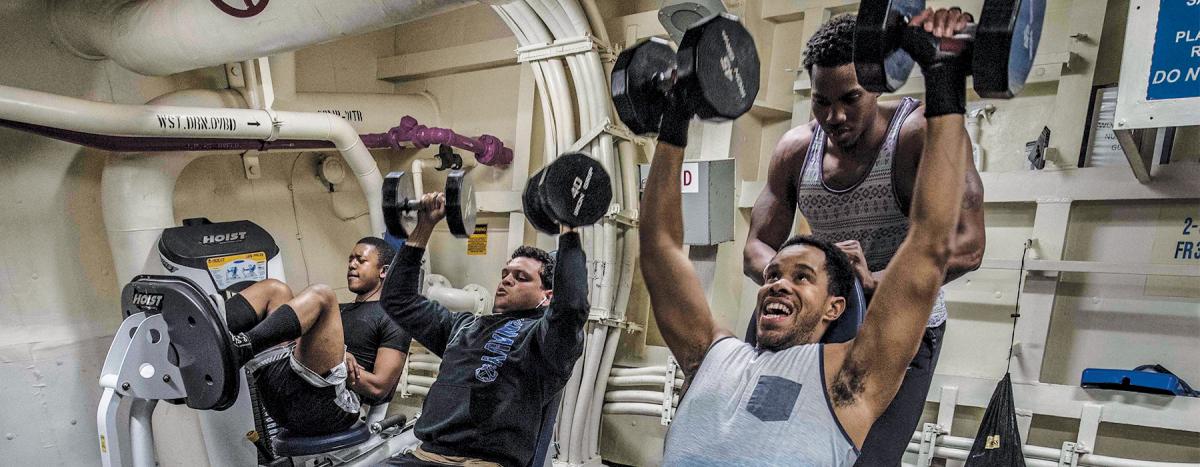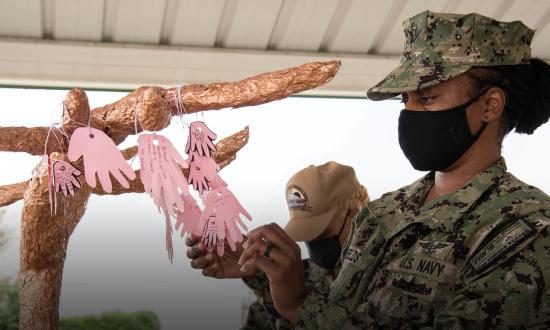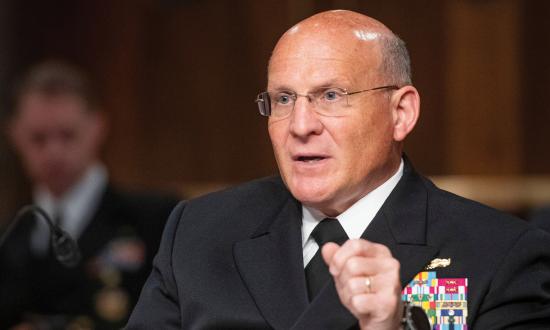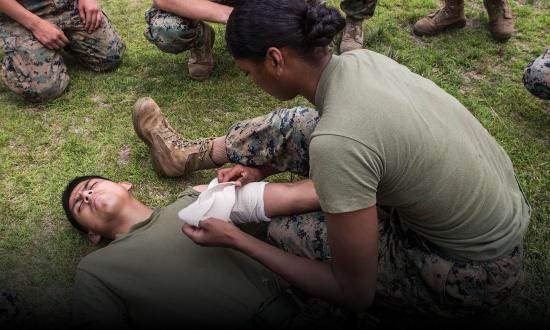Long before military mentorship programs, apprentices learned trades from masters. Between the 12th and 14th centuries, a father would bring his son to the village blacksmith to learn the trade so that he would have a honed skill in adulthood. The boy would have a roof over his head and study for seven to nine years, leaving as a journeyman. The master eventually would become a surrogate father of sorts, a teacher and a mentor. The Navy has adapted the apprentice/journeyman/master system from history and molded it into a servicewide mentorship program. Generally, mentors are E-6 or above, but really any sailor can be a mentor.
The Navy core values are honor, courage, and commitment. Doing the right thing, especially when no one is looking, sets a positive example and presents a role model for others to emulate. No matter their rank, sailors can reach out to fellow shipmates and assist them, whether the need is work-related or personal. Just listening to someone who has had a hard day can build a foundation of trust, and the person may come back and ask for other advice, thereby starting a mentoring relationship. Being attentive to someone’s well-being can be the start of rapport.
A sailor does not have to be someone’s official mentor to help. A mentor may be an experienced E-5 in software programming, one willing to bring a seaman under his or her wing and impart knowledge to the next future expert. Or, if sailors want to progress toward an excellent on their next physical readiness test (PRT), they can reach out to the command fitness leader (CFL), who can be someone of a lower rank. The CFL would be a mentor by motivating these sailors to reach new goals set for that next PRT.
One E-3 sailor asked me how she could improve professionally, and I advised that she could start mentoring and leading now. She said, “But I’m just a seaman, what can I do?” I told her she could mentor her peers, as well as her juniors, and, depending on her other duties, could have positional authority over her seniors. I mentioned how she could make a difference in the lives of those around her. Her outlook changed after our discussion. Inspired, she took the initiative to mentor, and it showed her superiors she is capable of more responsibility. Rank does not always dictate a sailor’s role.
Anyone can be a mentor, and being one shows that you want others to succeed. This is invaluable for junior sailors to learn early in their military careers. As sailors rise in the ranks, they learn how important it is to take care of junior sailors, not just the ones in their care, but all those within the command—as you rise, they rise. Take pride in their successes. After all, present-day senior personnel will one day be gone, along with their seasoned knowledge. Those who once were junior sailors will need to jump into the newly vacated, more senior shoes, and should strive to reach new heights. As more senior sailors, these men and women will now assume the role of caring for junior personnel. Will they be ready?
According to a 2015 Naval War College Review article:
The few existing studies on the prevalence and efficacy of mentorship among active-duty personnel reveal that having a mentor while in uniform tends to bolster satisfaction with one’s military career, provides a range of important career and psychosocial advantages, and heightens the probability that mentored service members will, in turn, mentor others themselves.1
Based on this study, all sailors should be seeking opportunities to mentor and be mentored, following one of the Navy’s mottos: Never leave a shipmate behind. This includes making sure every sailor has a chance to reach his or her fullest potential—both personally and professionally.
Leaders must not forget where they started and, through mentorship, they must ensure other sailors are ready to take their places. If leaders do not support and lift those under their command, who will?
1. W. Brad Johnson and Gene R. Anderson, “Mentoring in the U.S. Navy: Experiences and Attitudes of Senior Navy Personnel,” Naval War College Review 68, no. 3 (Summer 2015): 76–90.







